By Amanda Rose Newton
Gardening is not just for homeowners with sprawling yards; renters, too, can cultivate their green thumbs. Whether you’re working with a small balcony, a sunny window sill, or even just a sliver of outdoor space, container gardening offers a versatile and renter-friendly option for growing plants.
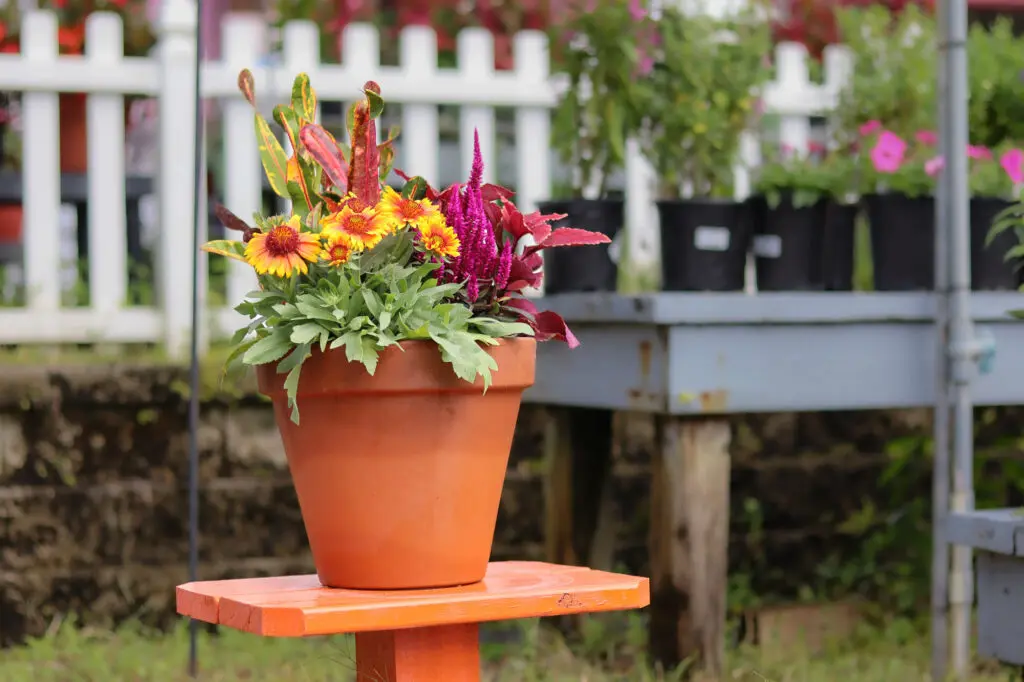
Here’s how you can make the most out of using containers and other innovative tools to create a thriving garden in your rental space.
Embrace the Versatility of Containers
Containers are the cornerstone of renter-friendly gardening. They’re portable, adaptable, and can accommodate almost any type of plant.
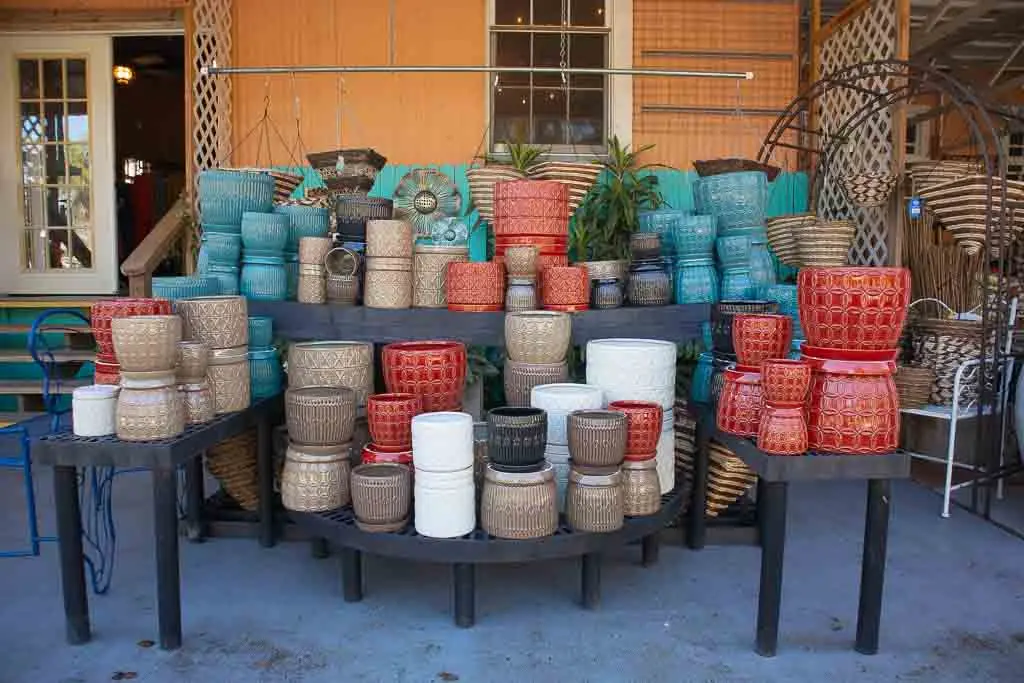
From vibrant flowers to fresh herbs and even vegetables, containers allow you to bring nature into your rental without the commitment of permanent landscaping.
Choosing the Right Containers: Opt for lightweight pots that are easier to move, ensuring they have adequate drainage holes to prevent waterlogged soil. Consider the size and growth habits of your plants when selecting containers—larger plants will require more room for roots to expand.
Patio Citrus: Yes, citrus and many other dwarf varieties of fruit trees, like figs, can be grown in a pot!
Make sure you choose a pot large enough to support their root systems as this will directly impact the canopy and potential harvest. For larger projects like these, Rockledge Gardens offer potting services, where you can choose a plant like a patio citrus tree (or anything you like) and have it potted on-site. This service includes the proper soil and container, taking the guesswork out of starting your garden.
Innovative Watering Solutions
Keeping your plants properly watered is crucial, but over or under-watering can be detrimental. Utilize tools like terra cotta watering stakes, which slowly release water directly to the plant’s roots, providing consistent moisture without the risk of overwatering.
Mobility with Rolling Saucers
Rolling saucers placed under containers make it easy to move plants around, whether you’re chasing the sunlight or rearranging your space for guests. This mobility is particularly useful for larger plants or for renters who may need to shift their garden setup seasonally. It also comes in handy to move plants to shelter for hurricane season and when threats of frost are in the forecast.
Non-Traditional Containers: A Creative Twist
Who says you can only use pots designed for plants? Get creative with non-traditional containers such as old teapots, baskets, or even repurposed furniture.
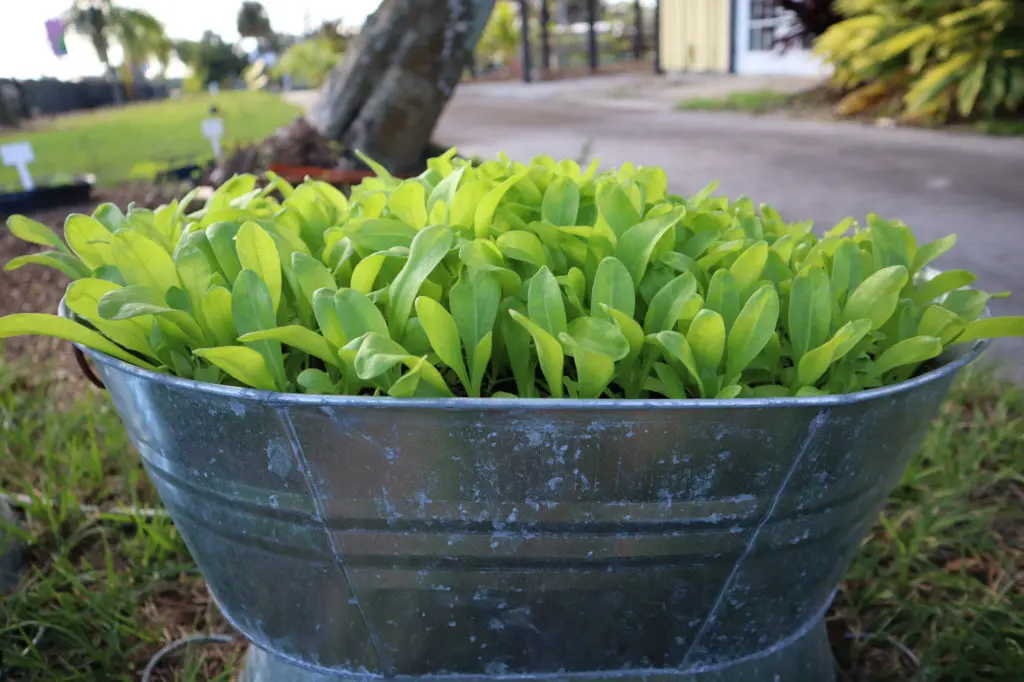
These unique choices add character to your garden and can be a great conversation starter. Just ensure they have proper drainage or use them as decorative outer pots with a standard pot inside. If you need inspiration, take a walk through the garden center where several untraditional examples can be found.
Utilize Saucers for Cleanliness and Water Management
Place saucers under your containers to catch excess water, protecting your floors and outdoor surfaces. Saucers also help maintain humidity levels for your plants, especially during hot summer months.
Tips for Success
Light and Location: Pay attention to the light requirements of your plants and position them accordingly. Most edible plants require at least 6 hours of sunlight daily, while some flowers and ferns thrive in partial shade.
Soil and Fertilizer: Use high-quality potting mix suited for container gardening and supplement with fertilizer as needed to provide nutrients that might be lacking in a confined soil environment.
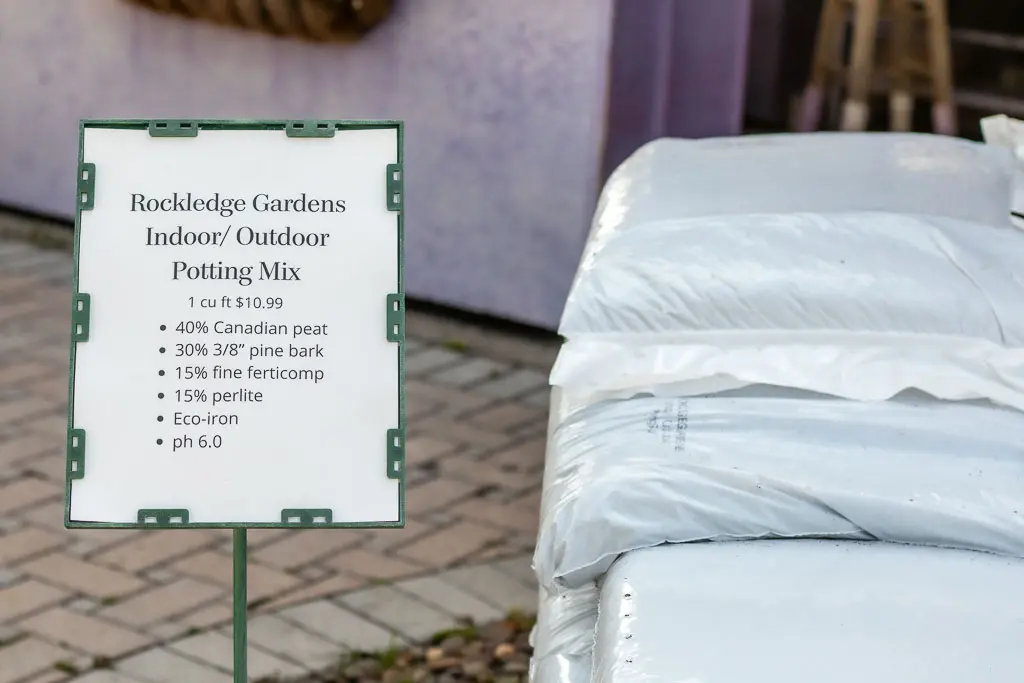
Regular Maintenance: Check your plants regularly for watering needs, trim any dead foliage, and monitor for pests. Healthy plants are more resilient and will thrive better in any conditions.
Vegetables in Containers
Container gardening isn’t limited to ornamental plants; it’s also an excellent way for renters to grow their own vegetables.
Here are some additional tips specifically for vegetable gardening in containers, ensuring you can enjoy fresh produce right from your balcony or patio.
Choose the Right Vegetables
Not all vegetables are suited for container gardening, but many thrive in this environment. Compact or “bush” varieties of vegetables, such as cherry tomatoes, salad greens, radishes, and herbs, are perfect for containers. Dwarf varieties of peppers and eggplants also adapt well to container life. Research the space requirements of each vegetable to ensure your container provides enough room for growth.
Deep Containers for Root Vegetables
If you’re interested in growing root vegetables like carrots, beets, or potatoes, opt for deeper containers. These vegetables need extra space for their roots to expand downward. Containers at least 12 to 18 inches deep are ideal for supporting healthy root development.
Watering Wisely
Vegetables in containers may require more frequent watering than those in the ground since containers can dry out quickly, especially in warm weather. However, be mindful not to overwater, as this can lead to root rot. Using a container with good drainage and checking the soil moisture daily are good practices. Consider self-watering containers or drip irrigation systems for consistent moisture.
Feeding Your Vegetables
Vegetables are more demanding in terms of nutrients compared to ornamental plants. Use a high-quality, all-purpose vegetable fertilizer to provide them with the necessary nutrients throughout the growing season.
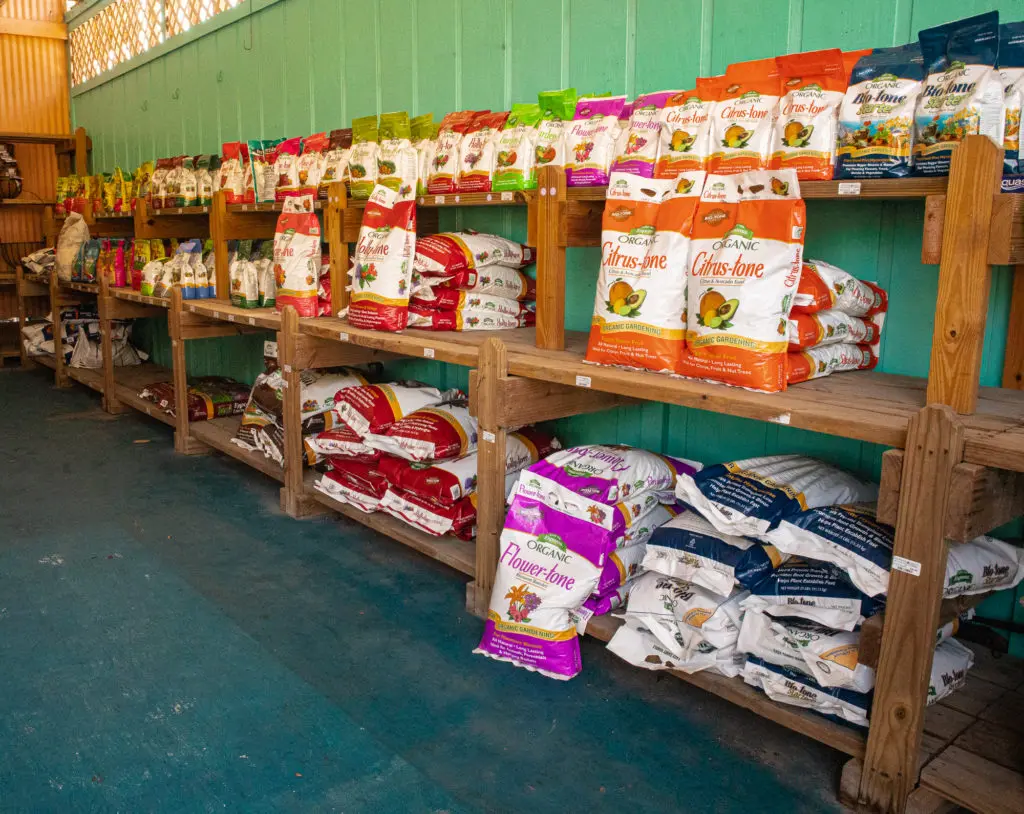
Follow the instructions on the fertilizer package for the best results. Additionally, incorporating a slow-release fertilizer into the potting mix can help provide a steady supply of nutrients.
Maximizing Sunlight
Most vegetables require a minimum of 6-8 hours of direct sunlight daily to thrive. If your outdoor space receives less light, focus on leafy greens or herbs that can tolerate some shade. Use rolling saucers under heavier pots to easily move your vegetables around to catch the sun’s rays throughout the day.
Succession Planting
Take advantage of the container’s mobility by practicing succession planting. Once a crop finishes, replace it with another. For example, after harvesting early radishes or lettuce, plant a batch of herbs or beans in the same container. This technique ensures a continuous supply of fresh produce throughout the growing season.
Companion Planting
Even in containers, companion planting can be beneficial. Pairing certain vegetables together can help deter pests, improve pollination, and even enhance the flavor of your crops.

For instance, planting basil near tomatoes is believed to improve their taste, while marigolds can deter pests from attacking your veggies.
Remember, gardening is a journey of learning and growth—both for you and your plants. Don’t be afraid to experiment with different plants and containers to find what works best for your space. With these tips and a bit of creativity, you can cultivate a lush, renter-friendly garden that moves with you.


